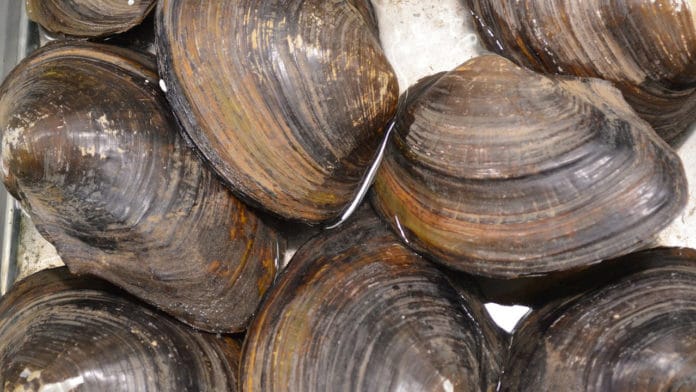Marine invertebrates like oysters, corals, and sponges have an extremely dynamic microbiome that might assume a part in the capacity of the living being itself. There is very little understanding about whether there are resident microbes in oysters, and if there are, what their function may be or how they may help or bring harm to the oyster.
Scientists have found the answer to these questions. In a new study by the University of Rhode Island, scientists have taken a step forward towards understanding the function of microbes that live on and in Eastern oysters.
To do so, scientists extracted the DNA of microbes living in or on the gut, gill, inner shell, mantle, and other tissues of oysters. They wanted to determine the microbes that live there. By applying metagenomics, scientists were able to reconstruct the genome of the most abundant microbes. Through this, they could get a detailed understanding of the nature of the oyster microbiome and some microbes’ functions.
Pimentel, the lead author on a paper about the study published in May by the American Society for Microbiology, said, “This was the first overview of what microbes live in certain parts of Eastern oysters. In humans, we know that the microbes that live in the gut versus the skin are quite different. But we didn’t know about the compartmentalization of certain microbes in certain oyster tissues.”
Scientists identified one microbe, a bacterium in the class Mollicutes, that gains energy from the consumption of chitin. It was most abundant in the gut of the oysters and appeared to be an indicator of a healthy oyster, but when found in other tissues, it may be correlated with infections.
Zhang said, “When they’re abundant in the gut of healthy oysters, that may indicate that the oysters are happy to have them. But when the microbe gains abundance in other tissues, that may be a sign that the oyster is not doing well, maybe because the immune system is freaked out.”
Scientists discovered that the same microbe consumes arginine to create proteins.
Pimentel said, “We’re interested in that one because it has potential implications for the immune system of oysters. Oysters rely on arginine for their immune response. A pathogen has been found to steal the arginine to hide from the oyster’s immune system, so it’s fascinating that there’s another microbe that uses arginine and has potential implications for oyster immunity.”
Zhang said, “One microbe was found to be abundant in adult oysters but very rare in larval samples. So they could be acquired at some point in their growth, but when and how they are acquired is a big question. If we know they are important and we can identify the source of where they came from, then perhaps we can help preserve the population of this specific microbe.”
Journal Reference:
- Zachary T. Pimentel et al., Microbiome Analysis Reveals Diversity and Function of Mollicutes Associated with the Eastern Oyster, Crassostrea virginica, mSphere (2021). DOI: 10.1128/mSphere.00227-21
